Aztlan_Shangri-la
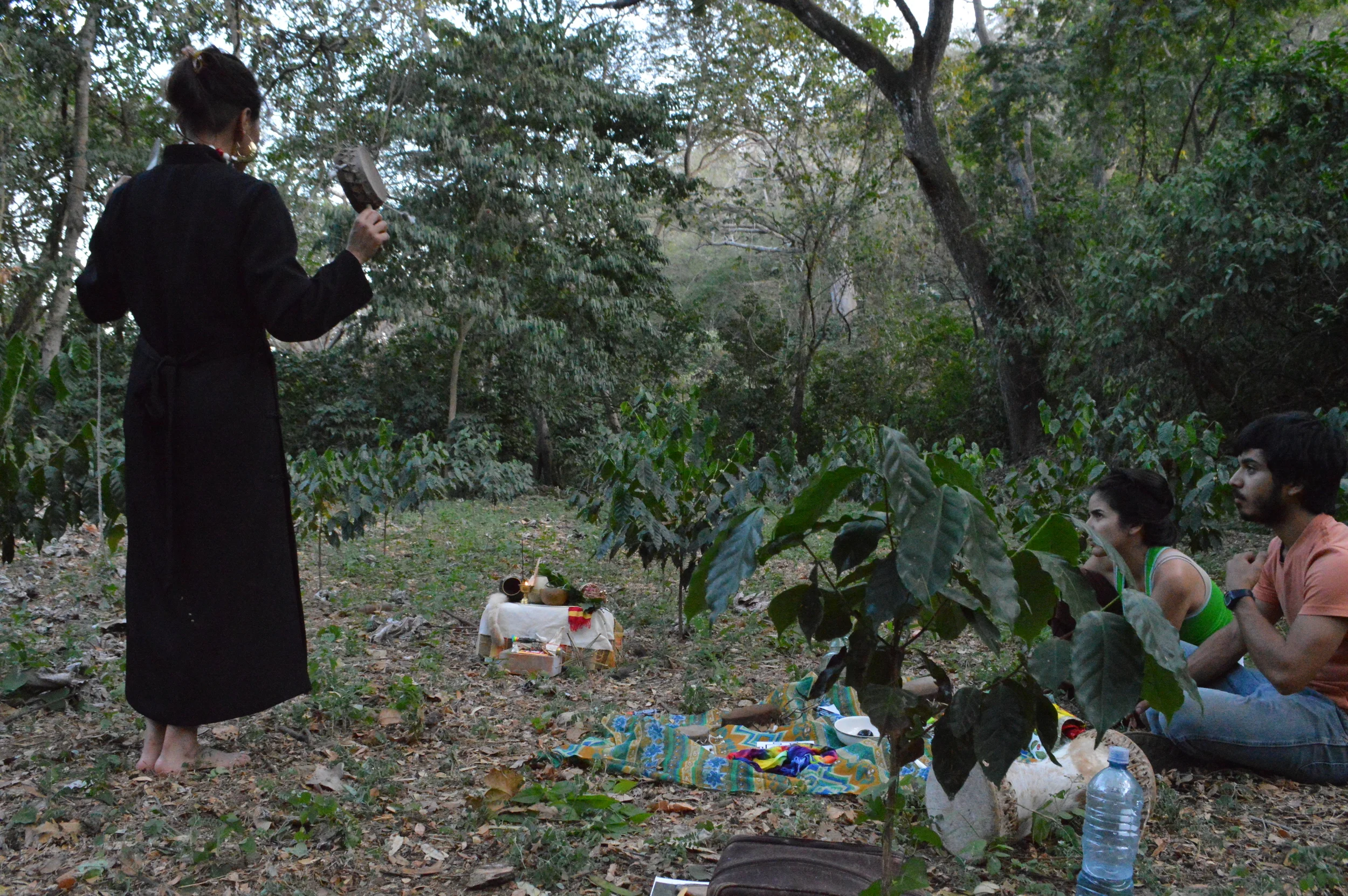
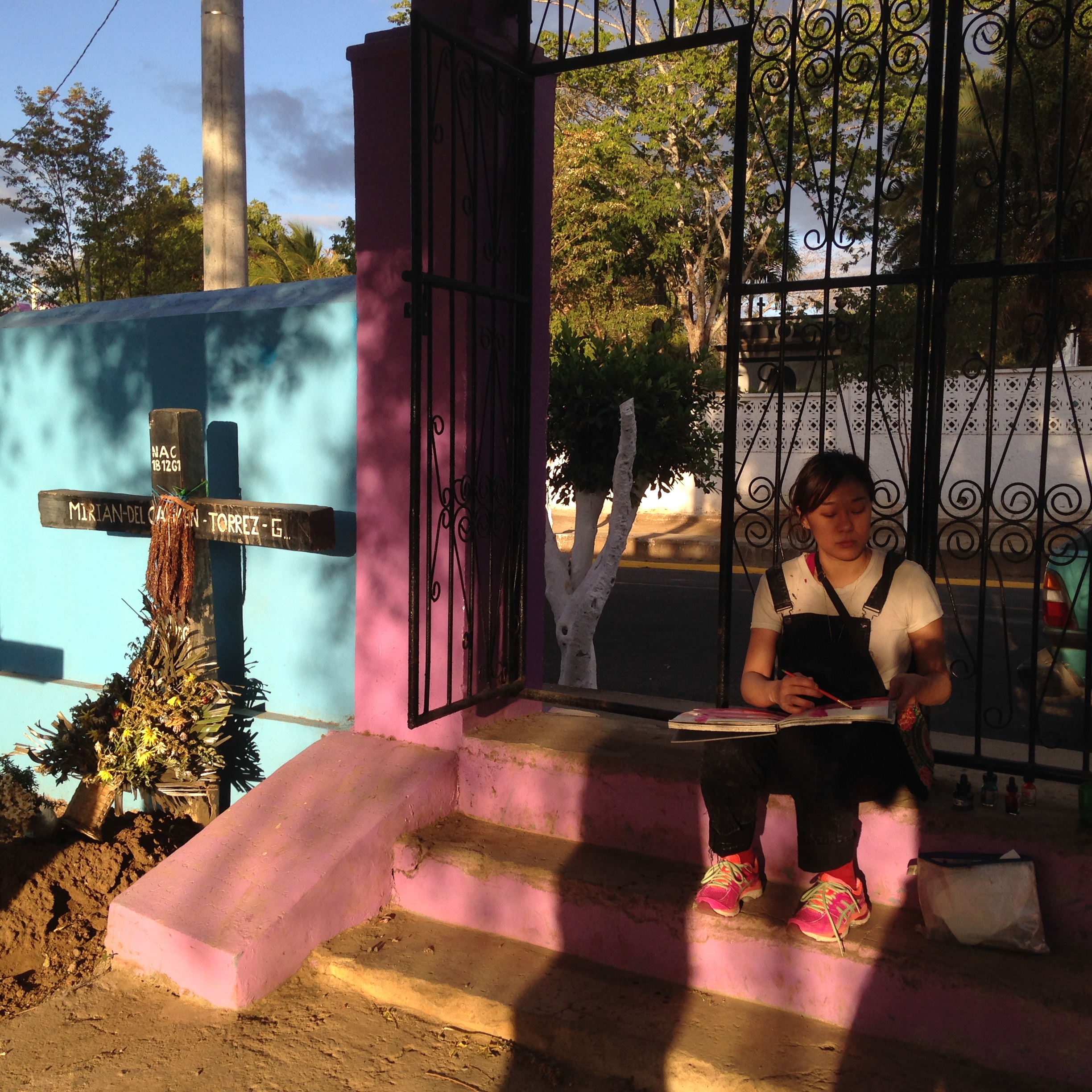
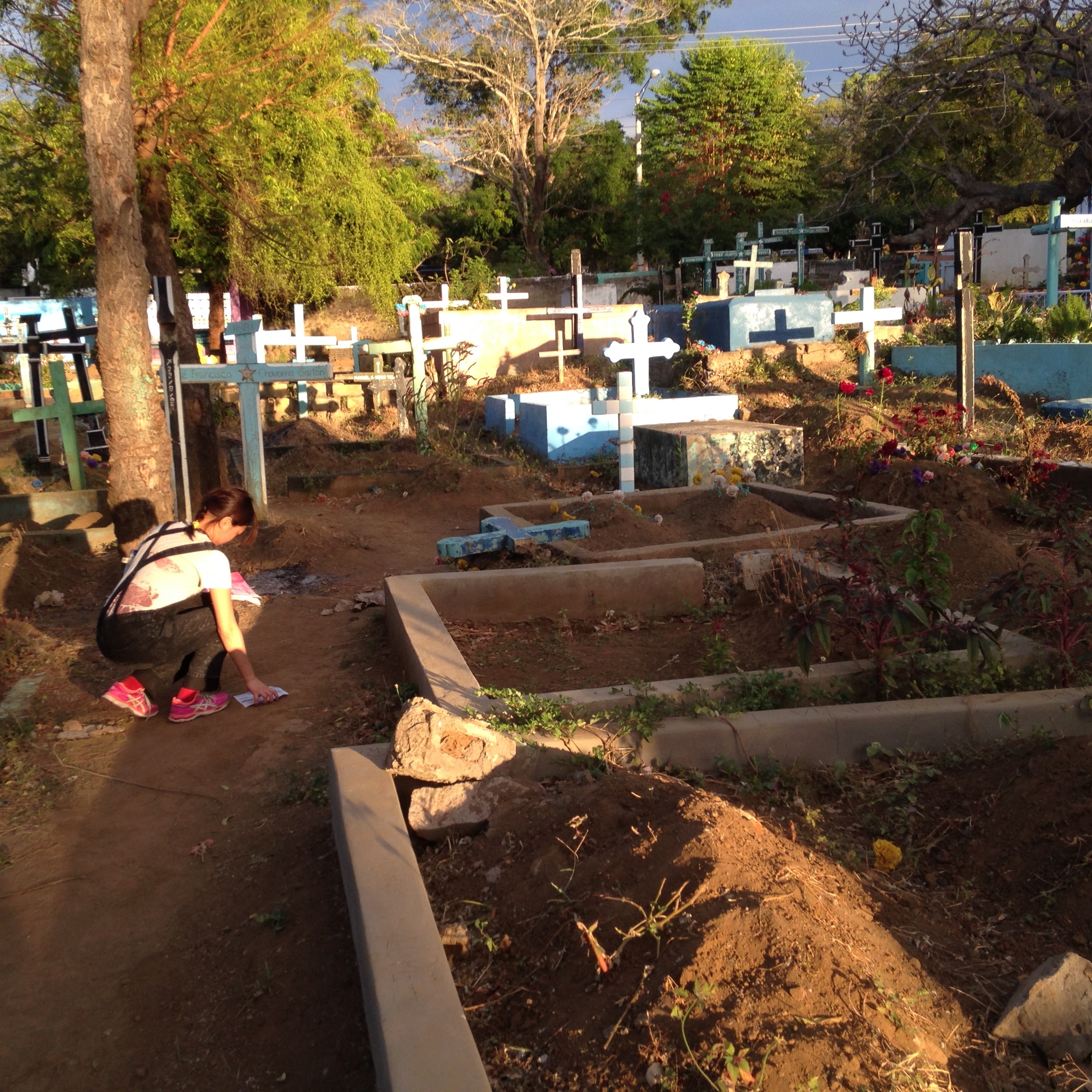
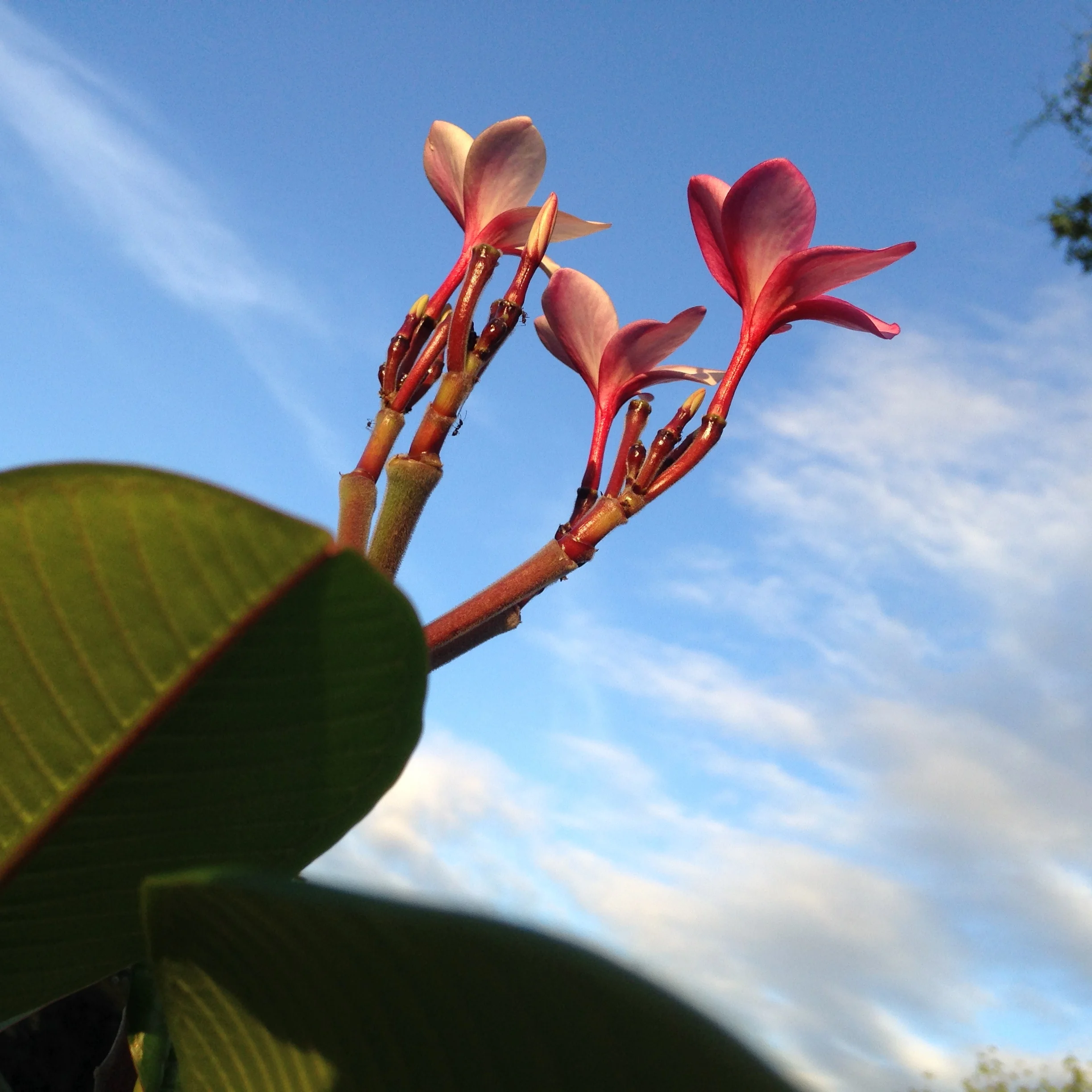
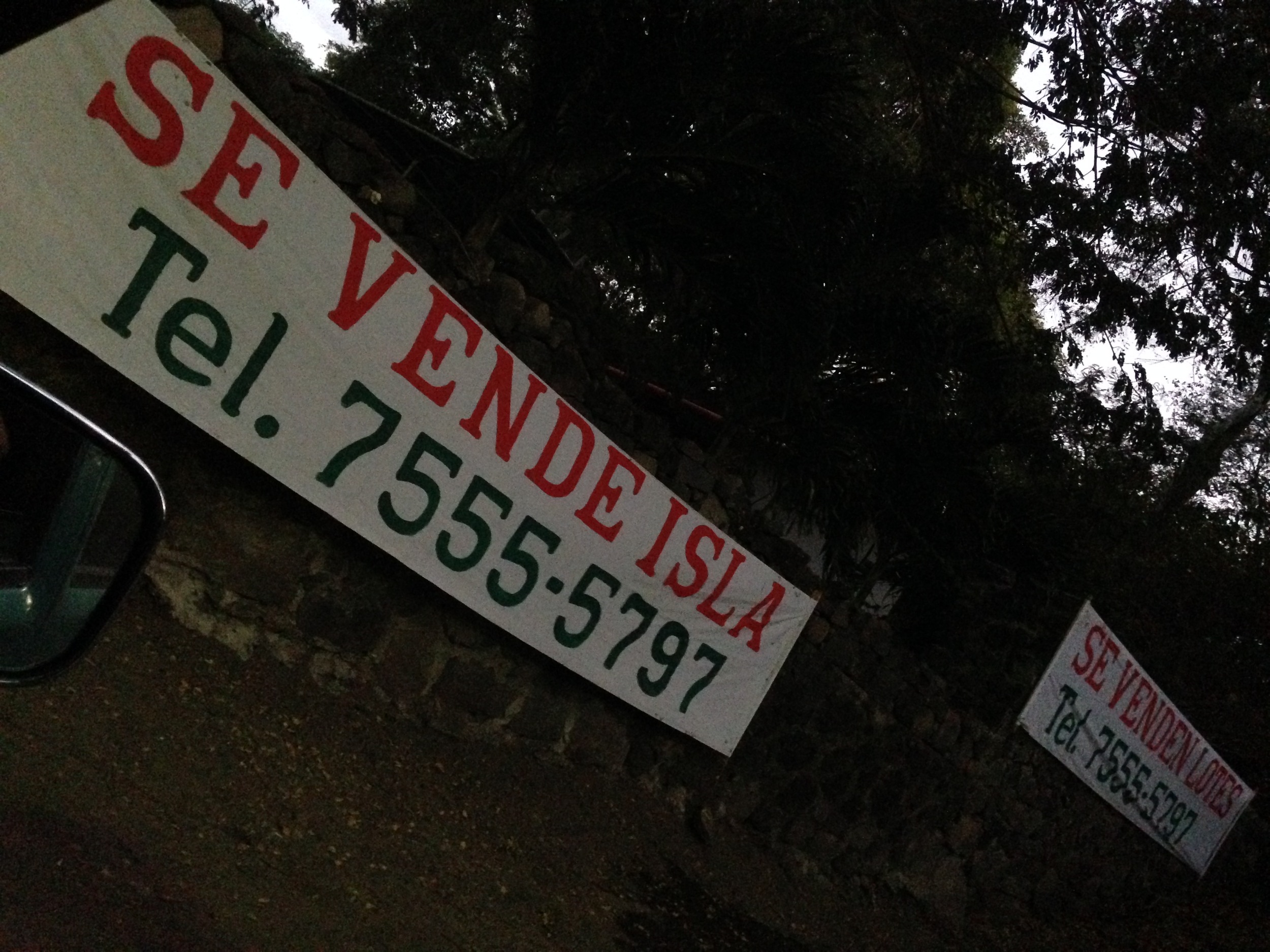
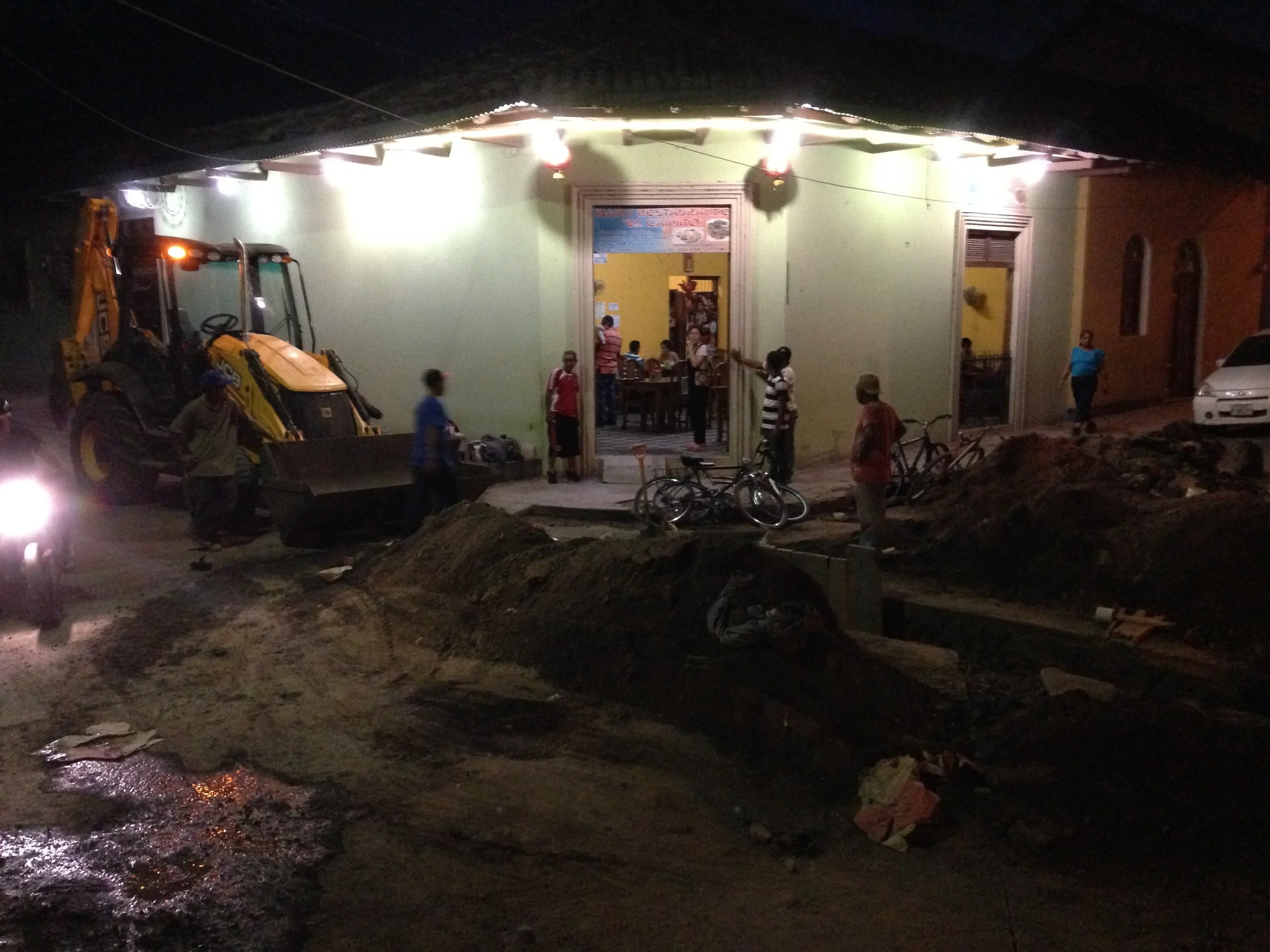
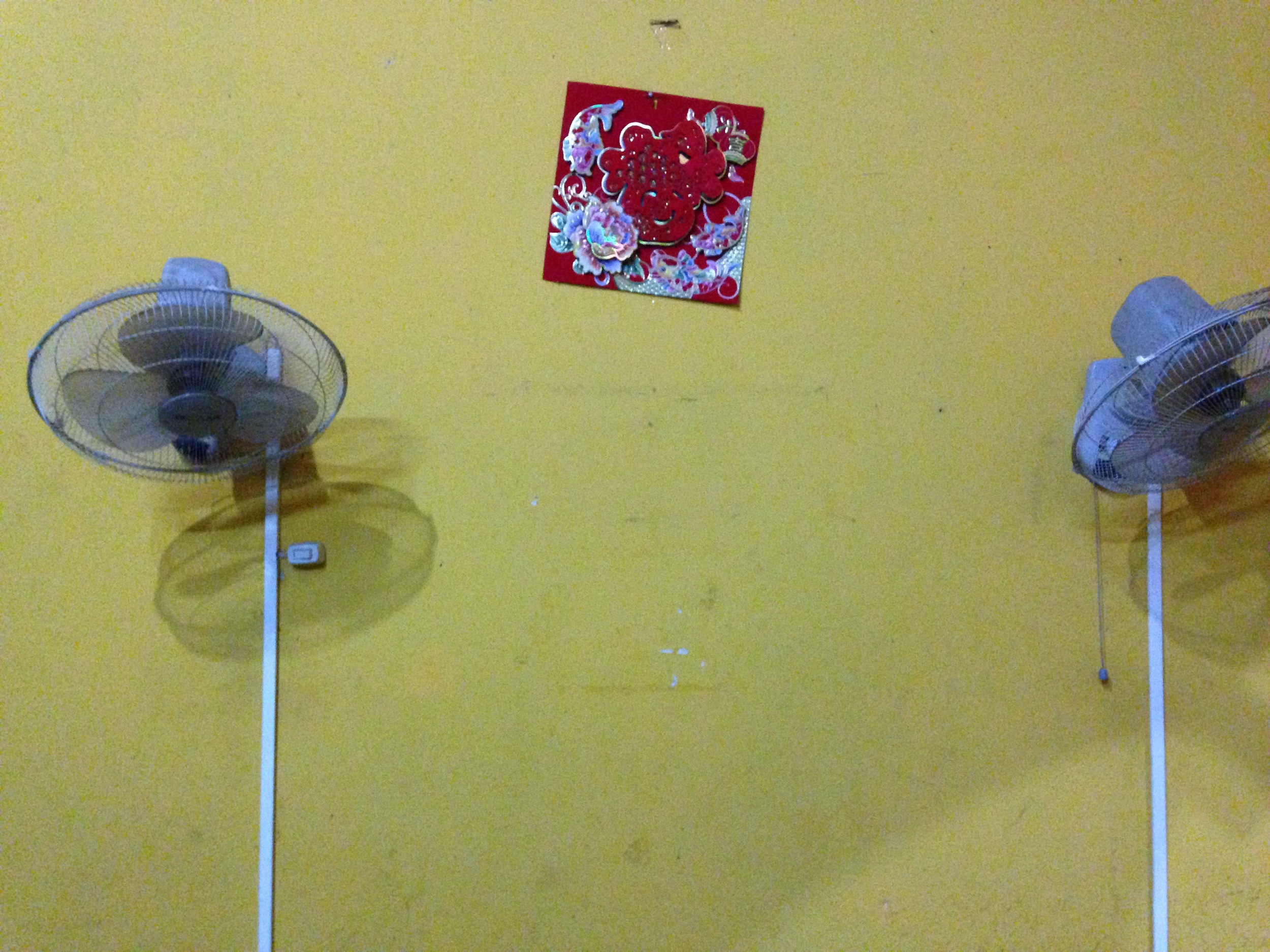
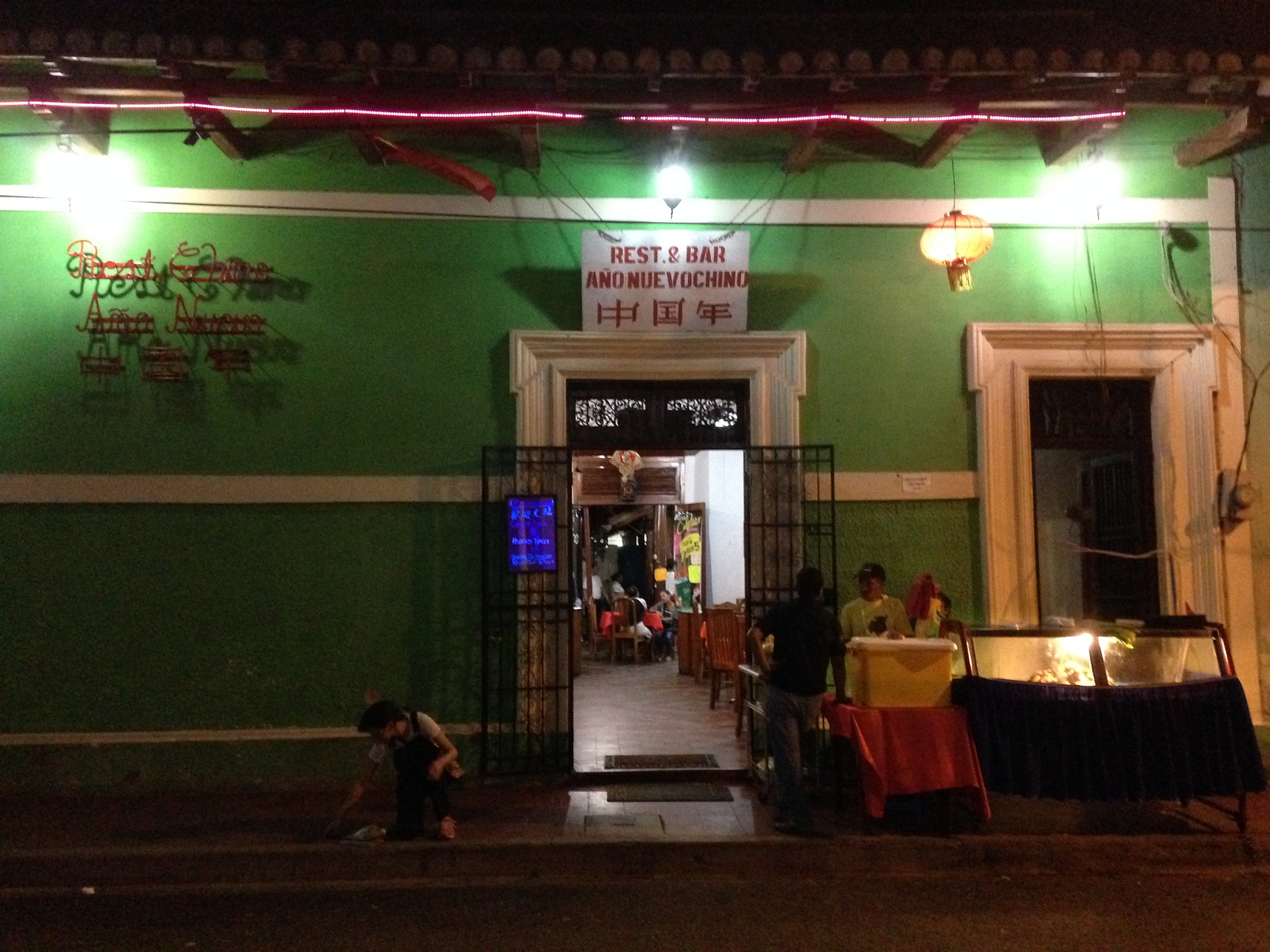
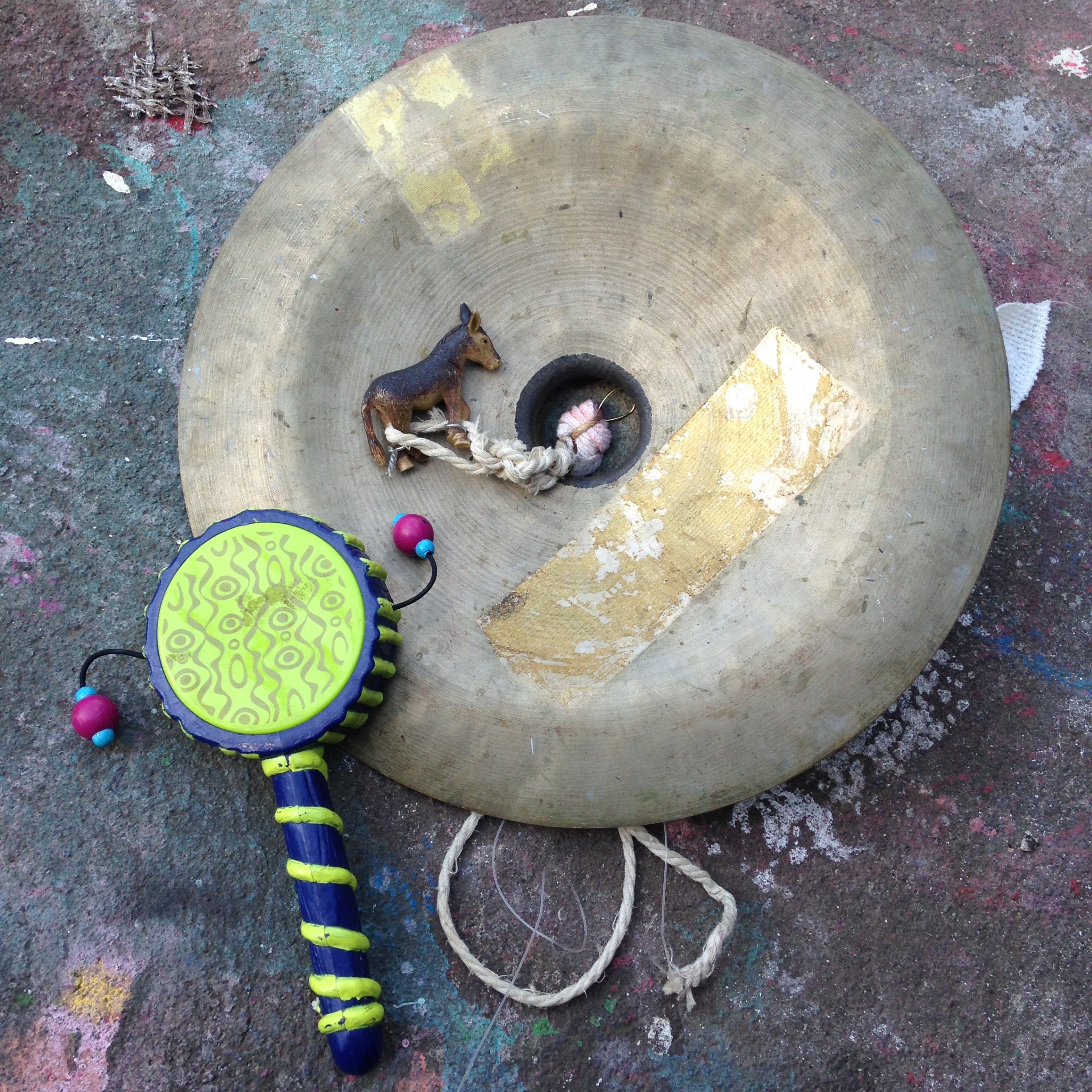

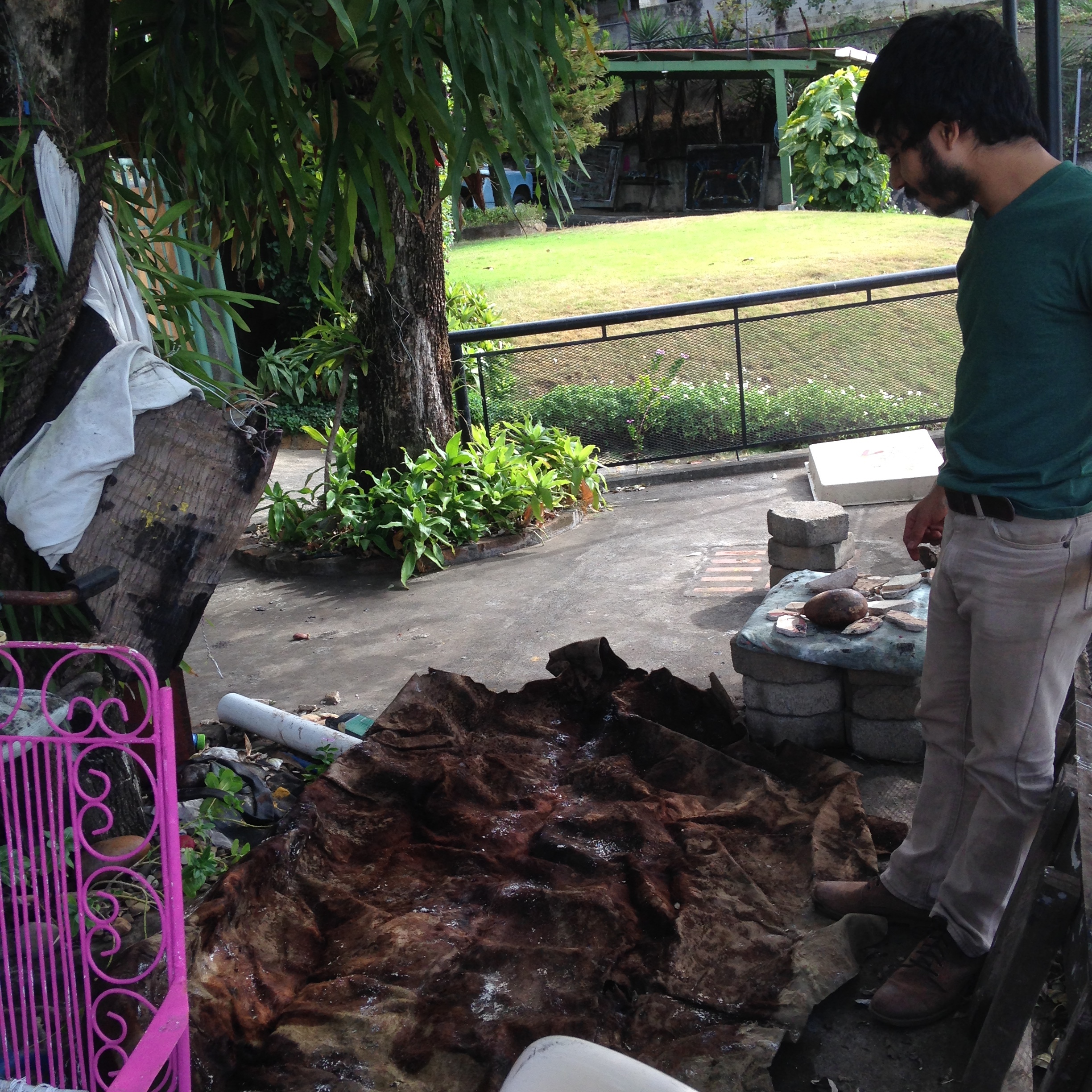
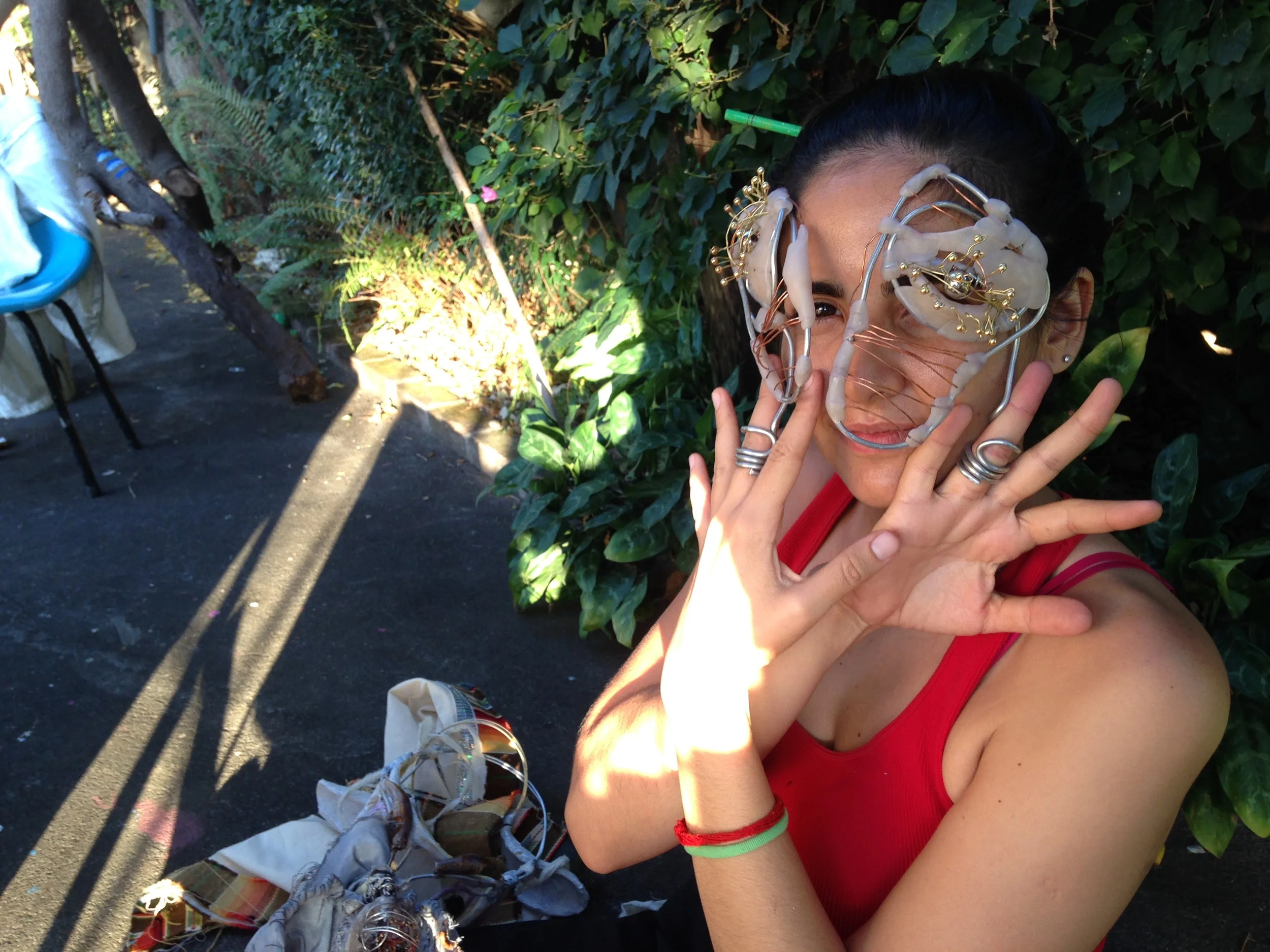
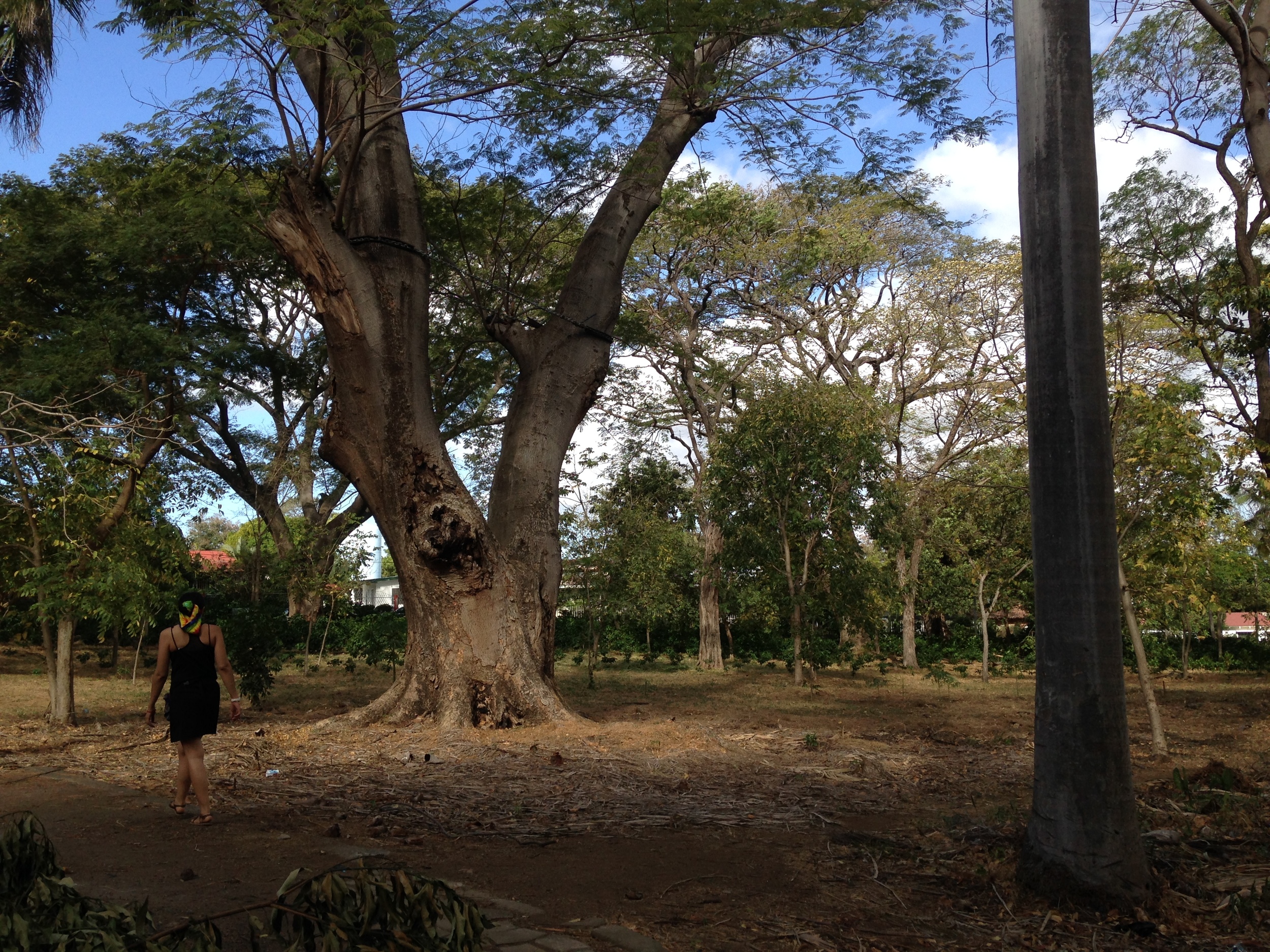
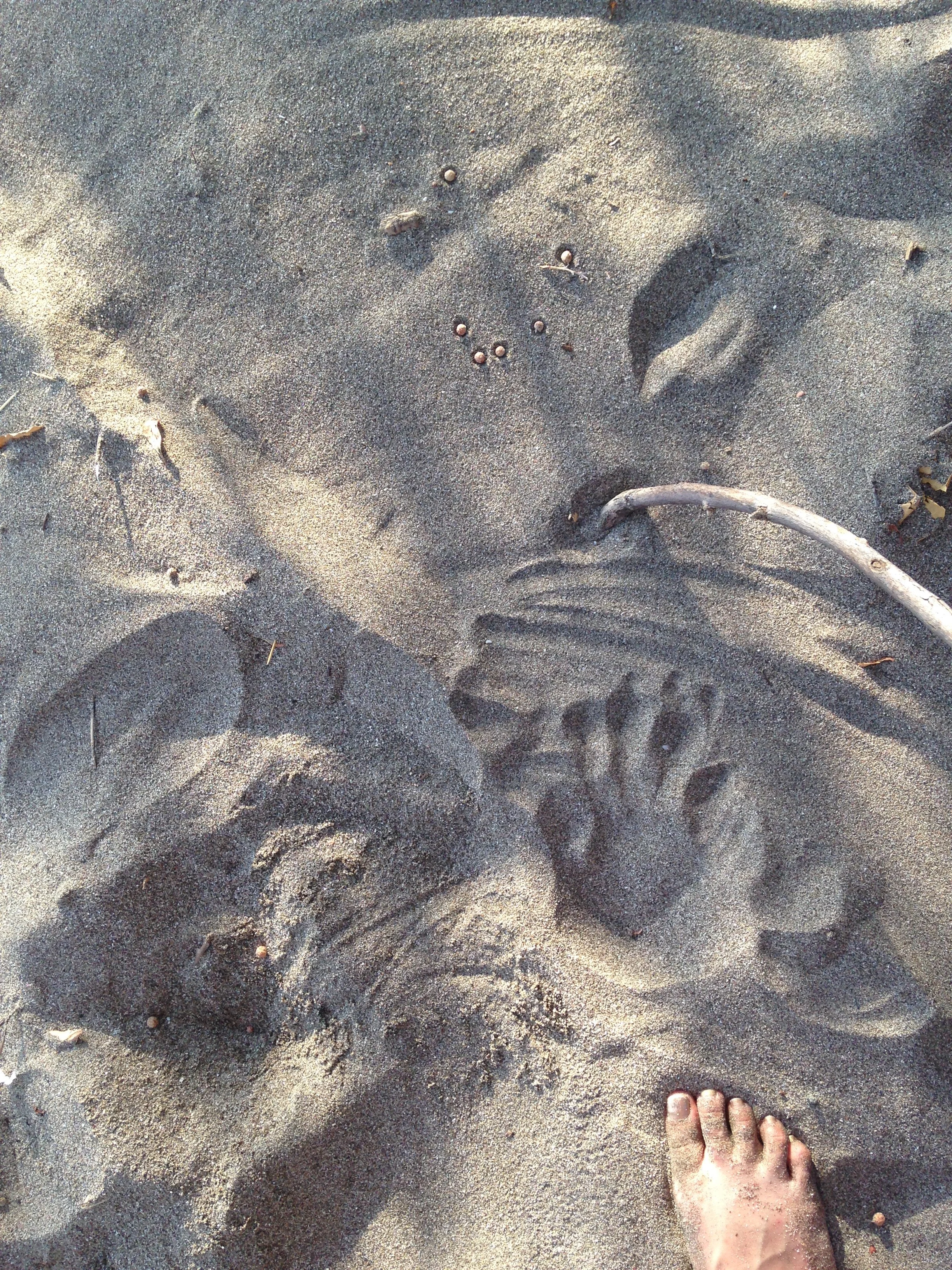
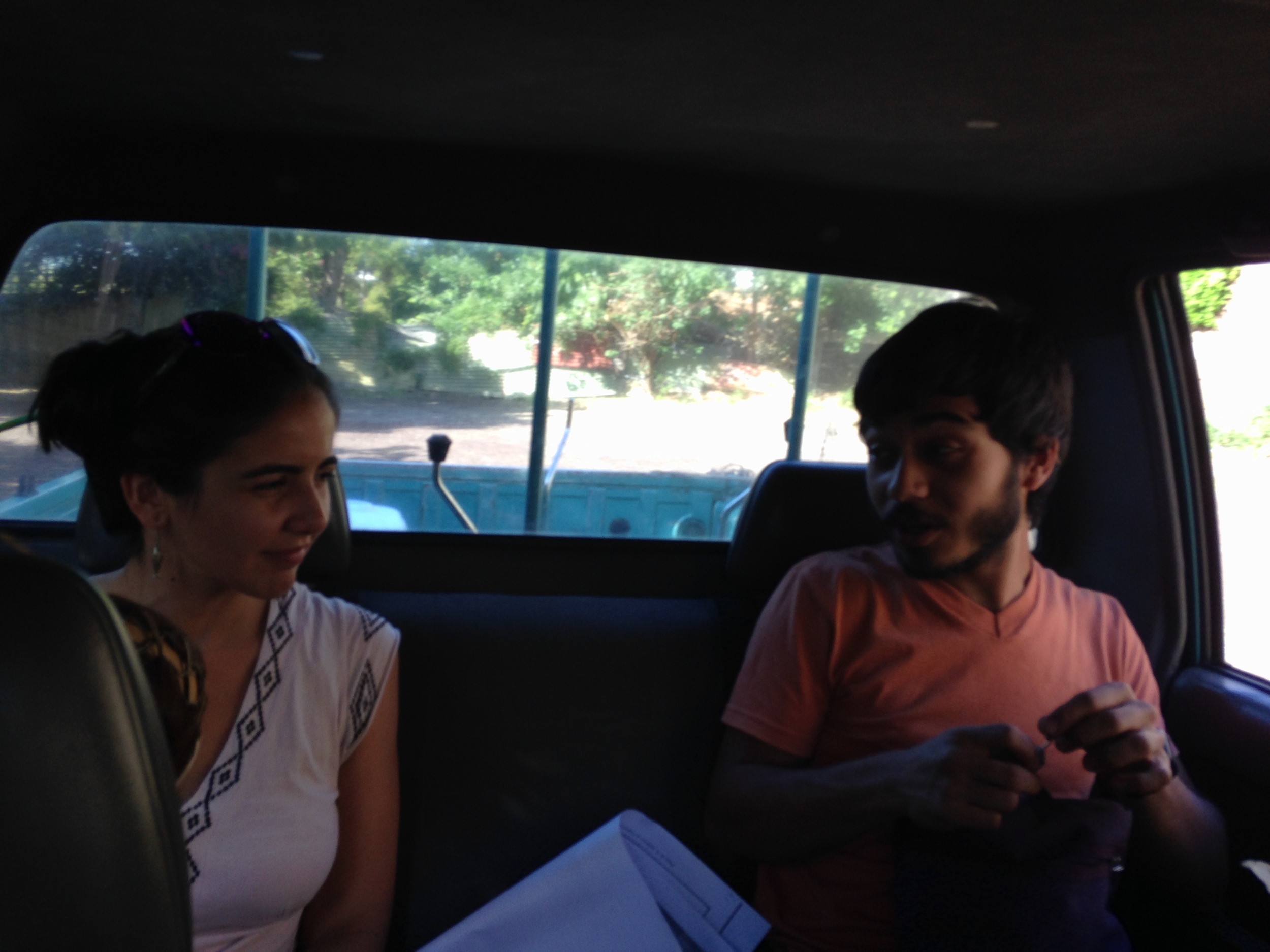
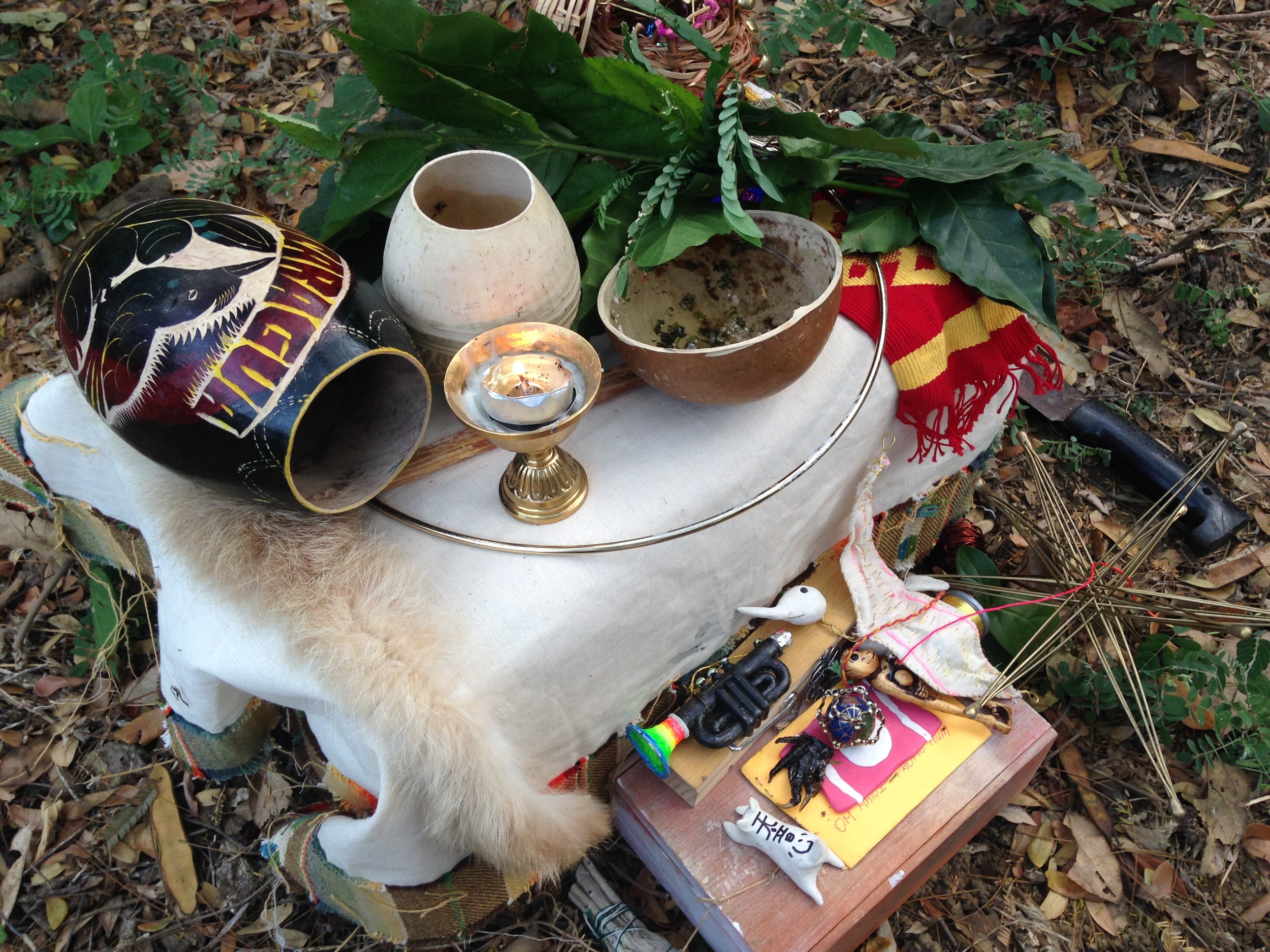

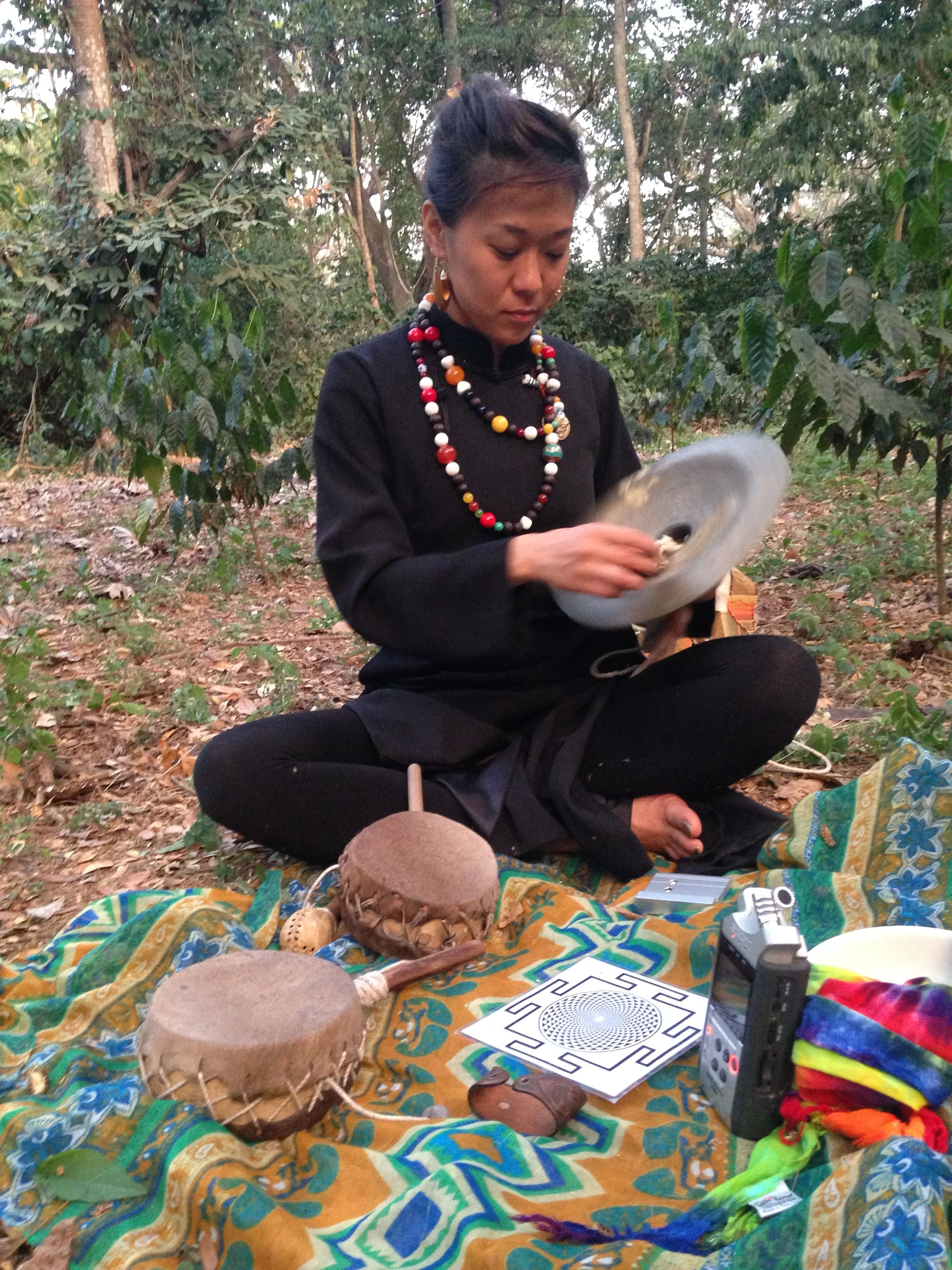
***aztlan***shangri-la /// by Ernesto Salmeron
creating good
not evil
axtlan_?
because you hold power right_?
of influence
what´s the difference between good and evil_?
smashing a ghost or a spirit_?
what´s the name of this drum_?
dongba filters values
are we doing religious studies_?
since we are in the bermuda triangle
we need aeronautical maps
tibetan meditation tool
following the angel
who cares about the angel_?
self sabbotage angel_?
highest karma_?
humble dongba
homeless
we were forced to protect ourselves from the weather
we ended up making four drums and one erhu
everything that present itself is worth being considered
we describe nature when we describe ourselves
something we wont´access
matter developed in time ***materia desarrollada en el tiempo
nosotros
ghost traveling technology
dongba managua new york lijiang
wu zhimi creating her international community
drum workshop happening
the power of representation
a lady riding a horse with a 4cm sword
a drum
and a handfull of rice
remember to make geometry drums
map drum
drum map
from aztlan shangri-la
post colonial resonant objects
grandson pictograph
two people pointing to themselves pictograph
sun bathe pictograph
sound as an organization evidence
^^^^^^^^^^
CURATED: JAY BROWN
WITH WORKS FROM
TANIA SANTA CRUZ
MAURICIO ESCOLASTICO LARA
ERNESTO SALMERON
WU ZHIMI
/// AZTLAN: Idealized ancestral lands of the Azteca peoples, of which exact location is unknown (but assumed to be in Southwest regions of Northern America, extending to Central/ South America). We have evidence that Aztlan exists not as actual physical land- but rather as a philosophical/ psychological plane, accessible via special journeys of consciousness.
"There is a place that the Spirit of Truth has prepared so that it shall be from there from which will be born the Liberation of the Indigenous Peoples. It is called AZTLAN, which means Paradise; it is where the Spirit of Truth lives." -Yaqui Elder Rafael Guerrero, Coronel, Division del Norte de Pancho Villa
/// SHANGRI-LA: A beautiful utopian land from James Hilton’s Lost Horizon (1933), in which the inhabitants are always happy, disconnected from the outside world. Hilton’s Shangri-la is based on geographical regions surrounding the Himalayan mountains, and the name is now used to promote tourism in Tibet, Sichuan, and Yunnan (re: Zhongdian/ Gyalthang, Lijiang County).
Shangri-la takes after Tibetan mythological Shambala- a kingdom sought by adventurers and explorers. In Tibetan Buddhism, “Shambala” is also known as a concept valuing balance between nature and humankind.
The term “Shangri-la” has since been widely used as a synonym to any paradise-on-Earth, or referencing the pursuit of a Holy Grail.
PART I: MANAGUA, NICARAGUA (re: Aztlan)
(January 28th- February 4th, 2016)
1. INTRO
Ernesto called it “a miracle” that we found ourselves meeting there, sitting beneath the Jicaro tree. The pervasive idea being that it seemed absurd, quite far-fetched- for the four of us, nearly strangers, to have crossed those miles… magnetizing, to connect at this intersection… over an unclear mission.
We did know that recent events surrounding construction of the Nicaraguan Canal requested attention and call-to-action by the people, and yet we were unsure how to proceed exactly. The situation involved major upheaval of local natural resources, could potentially become an environmental disaster of global proportions. It was requested that WuZhimi approach the situation and assess through a Dongba lens.
Assignment: Visit Managua; meet the Lake (Cocibolca), hear what it has to say.
Time (on Azteca Calendar): the 18th (final) month is also known as “Izcalli Festival”
“For centuries, Izcalli had been spent as a time for contemplating Growth; Azteca peoples made food and animal sacrifices to honor Xiuhtecuhtli (God of Fire), Tlaloc (God of Rain), and Chalchiuhtlicue (Goddess of Water).”
2. DIRECTION (DRUMS)
Q: While it might have been Chalchihuitlicue (Goddess of Water) that drew us together, was it Ehecatl (God of Wind) that chose our course?
Our idea to visit the island (Finca Magdalena, Ometepe), albeit carefully well-planned, failed to follow through, for various reasons. We waited for the winds to bring us better ideas.
Tania was the one who desired to make a drum.
WuZhimi happened to need a new one (and knew exactly of what design).
Mauricio had the technical expertise,
and Ernesto was willing to organize, gather, and document the means.
We had no time to analyze and reconsider… Making drums was an idea that could work; it held significant meaning, and was potentially useful to all of us… So, we started right away, going with the flow.
3. PROCESS
We visited the beach, the port, the forest, the edge of Lake Managua (also: Xolotlan)- discussing such concerns- water privatization, post-colonialist guilt, the pitfalls of Industrialized society, and how, now… to define and navigate humankind’s relationship with the surrounding landscapes that bore us. We collected materials at the market, and from our own homes.
Dongba shaman-priests make drums with goat leather, not plastic. Because we had no livestock of our own, we decided that the best option would be to purchase from the nearest available source. At the tanner’s workshop, we picked the smallest, lightest piece of leather in stock- the skin of a calf, a baby cow. Some of us expressed guilt and discomfort over this, but we also decided to stomach it, in the name of education, societal service, and the fact that this was an anomalous instance (as opposed to an industrial wave of consumption); We still maintain, even now, that we make choices with respect and consideration for all creatures involved.
4 viewpoints, reflecting upon on our trip to the leather-makers:
- E: socio-geo-political factors, systems of power/ oppression/ suffering, legalities + risks
- T: vegetarian/ vegan concerns, issues of respect/ mutuality, animal rights, their relationship with humanity
- M: engineering considerations, material logic/ limitations, time requirements, perception of leather when fresh vs. dry
- W: cross-cultural/ historical standards; Dongba animist traditions, violence vs. bloodletting; sacrifice as balance
As we worked, we conversed about drums- how do we structure them, how are they are used, what do they represent?
Drums symbolize birth, initiate beginnings, drums set the rhythms for music. Drums correspond with our heartbeats, our breathing, the pace of our walking, quickening to a sprint…
To our surprise, the spirit of the calf continuously resurfaced in our midst. We meditated on it, talked about it, acknowledged the connections… The way a calf smells, the way it moves, craving milk, or grasses, its jaws chomping the cud… the way our eyelids may droop or fall heavily… When did it die? And how? When was the last time it drank water? Was that water still in the skin that we then held in our hands?
Ernesto brought lunch to the table. Rice- with salad. Coffee- with milk.
We shared all the ways in which we began to feel more like a cow.
4. RITUAL + FOLLOWUP
We finished stretching and sewing the hides on 2/2, a Wednesday.
The fact that we completed the drums (and right on time), demonstrated success- perhaps reminding us the significance of cosmic order, divine timing (re: 天意).
The next day, we christened them with a ceremony in the woods of Ticuantepe. WuZhimi conducted a Blessing Ritual, and Tania led group song/ meditation/ meeting into closing.
Tierra mi cuerpo
Agua mi Sangre
Aire mi aliento
y Fuego mi espíritu
Earth my body
Water my blood
Air my breath
and Fire my spirit
… However, if drums are only a beginning, a birthing, a baby’s first steps… Then, what’s next?
We decided, as a group, that the set of drums should cross the Atlantic- to make geographical resonance with the region of Shangri-la. WuZhimi was scheduled to fly to Lijiang in mid-February, so we assigned her as temporary caretaker of the drums. She wrapped up three of them as a set (sans Tania’s drum), and prepared to bring them to the mountains of Lijiang, up into Himalayan altitudes- and deep into Dongba territory.
NOTES: Dominant theme of this phase: squares, diamonds, pairs of pairs, two twos. Crosses, intersections. Halfway in-betweenness, the infinity sign, 8, between land and sea, sky and earth, humanity and the heavens. Shamans and mediums, the importance of balance.
-liminal beings; gray-area: the power of the unpredictable. Anything can happen.
(re: Ruben Dario, Nicaraguan hero, the poet from neither side)
Time (on the Chinese/ Tibetan Lunar Calendar):
February 8, Monday: New Year’s Day (2016). Year of Red Fire Monkey.
Time (on the Azteca Calendar):
February 9-13: five days at the end of the year, reserved for doing nothing, or as little as possible
February 14- March 5: Festivals: Atlcaualo (The Ending of Water), and Cuauhitleua (The Lifting of Trees)
PART II: YUNNAN, CHINA (re: Shangri-la)
(February 18th- May 16th, 2016)
1. Lashihai Lake Valley, Lijiang: Feedback from non-Dongba Naxi Farmers
-HeHengguang (a.k.a. ErGe): approved
-Grandpa He: approved
-Grandma He: apathetic approval
-HeXuemei: apathetic approval
-HeJixing: approved
-HeJiyu: approved
WuZhimi approached and interviewed the He Family next door, asked for their reactions to the Nicaraguan-made Dongba drums. Each individual nodded and said, “Hao,” or “Hen hao.” (Translation: “Good. Very good.”)
Grandpa He tested out each drum before asking, “What kind of goat did you use?”
When WuZhimi told him that we used a cow, and not a goat, he pointed out that the skin seemed too thin to have come from a cow. She admitted that it was a young cow, and we did scrape and peel the leather, to get it as thin as possible.
“Did you also eat the cow?” he asked. She responded that we did not- but that it also wasn’t an option for us to do so at the time. We had neither the time nor the means to kill, process, and eat our own cow that week, so we had to settle for a purchase from the nearest tanner’s shop. Grandpa He nodded; he understood.
WuZhimi also visited MuYunbai (Naxi artist from Fengle village) at his house, and he concurred. The drums are decent.
2. Mountain Villages of Tacheng County: Feedback from Dongba farmers and their extended family
-Dongba Yang (older Dongba): tested drums, approved
-Woman and Teenager (extended family of Dongba Yang): approved
-Dongba HeJingming (a.k.a. “Uncle Jimmy”): laughed, approved, but commented that they look “like kids’ toys”
-Chief Dongba HeXiudong: approves for usage, but thinks that the drums look “too ugly”
-Dongba YanJiahua (papermaker/ drum-maker/ ex-shepherd): first complimented, then switched stances
YanJiahua: “Hey! Those drums look pretty good!”
WuZhimi: “Thanks!”
HeXiudong: “So ugly! Too ugly! These drums are so ugly! Where did you get such ugly drums?” (shakes head, makes tsk-tsk sounds)
WuZhimi: “I made it myself! What part do you think is ugly?”
HeXiudong: “The whole thing!”
WuZhimi: “Can we still use them?”
HeXiudong: “Yeah, they’re usable… just really ugly.”
WuZhimi: “Still usable- that’s OK then.”
HeXiudong “Too ugly!! Not good!!!”
YanJiahua: “Yeah, it looks like… looks like… you made it with your feet. Not your hands. Foot-made, not hand-made! Hah!”
WuZhimi: “I thought you said earlier that they looked good!”
YanJiahua: “I just didn’t want to hurt your feelings.”
3. Sanduo + Mountain Gods Ritual
As part of the ritual, Dongba HeXiudong rolled the split-pine dice for oracular advice. Results: Up, Down. Positive forecast.
It is confirmed: “The Mountains Gods approve.” Upcoming year should be fortuitous.
WuZhimi’s Drum is used for Tiger Dance after offerings are made.
4. 2016 Annual Dongba Fair, Jade Water Village: Feedback from other Dongba
WuZhimi brought Mauricio’s Prototype (the smallest drum) to the Fair to gather comments and feedback. This drum was used briefly in the Center God Dance, when all the Dongba from different villages danced together just before lunch.
-HeJixian (Dongba from Wumu Village): approved
-Dongba San (Dongba from Tacheng): approved
-HeXioshang (Dongba from Tacheng): approved
-HeSiqiang (Dongba from Lijiang City): approved
-3+ other Anonymous Dongba/ participants: all approved
People commented that the little drum is “good,” but “too small,”
and “Yes- can be used in Dongba rituals, no problem, as long as it’s made a bit bigger.”
Some Dongba also thought that the synthetic side-strings should be replaced with skinny leather strips, simply because “It would be better.”
Most popular criticism of the drums: the remaining fur on the leather is problematic. Multiple Dongba priests recommended that we shave or scrape the drum faces, for best sound amplification. Typically, Dongba hand-drums are made with skins of mountain goats, and the fur is always removed before the drum is considered “finished.”
“If I left the goat-fur on, it would be *this thick*, and then how am I supposed to use the drum??” Dongba YanJiahua gestured with his hands. “It wouldn’t make a sound! The drum would be useless!”
5. Lesson: De-Hair Your Drums for Optimal Performance
So WuZhimi removed the hair from one of the drums- the one that she made for herself.
The other two were left as is.
(It is up to their makers to decide if they want to leave the fur on for aesthetics, or remove it for utilitarian purposes.)
6. Wind Gods Ritual
We planted corn in the mountains of Tacheng for two days straight; both days were warm and sunny. During an afternoon break, WuZhimi pointed to a small fluffy grove in the fields and asked Dongba HeXiudong, our host, if that patch of land had an outhouse (or something of the like). He said, “No, that place cannot be used”- because it contains a [defunct] drinking well. They stopped using it seven or eight years ago, when they began running a hose up from the stream, but still, it is a sacred space- his grandfather and his father used that well, and they used to perform Nature God ceremonies there.
On the third day, a Tuesday, our scheduled date for the Wind Gods Ritual, we experienced some drizzle and thunderstorm passed nearby, but postponing the event was not an option; we continued on through the rain.
WuZhimi used her newly-finished (re: hairless) drum for the Center God Dance towards the end of the ceremony.
Instead of featuring pine dice as the main oracle, this ritual called for the reading of a chicken skullcap. Dongba HeXiudong inspected the skull closely and announced: “All good, everything is very good- except for one part… This.”
He traced the chicken’s left brow-bone with his index finger.
Some tiny dark specks, like a stain.
“It looks like there’s a problem with the old water well. It could be too dirty, maybe the water is polluted… It hasn’t been tended to in a long time.”
The next morning, we walked out to the grove and checked on the well. It did look somewhat dilapidated… the water in the well was filled up high with soil and debris, the stone opening covered with spiderwebs. Overgrown foliage made it difficult to walk in and around the location. WuZhimi took a stick and swept off the webs, to start the cleaning process. She poked at the dirt in the water in an attempt to stir up stagnant qi.
YanJiahua said that they would go buy some cement to repair the area, and make it pretty again.
-Image: WuZhimi’s Dabba ritual cards (Set of 27; Set of 6). These two sets in particular were used in rituals offering remembrance and respect to wells, ponds, lakes, and other sources of water used by people.
PART III: FUTURE
Aztlan Shangri-la is the synthesis of the spiritual utopias from our respective geographical regions.
We know now that our mission is to build two types of bridges: Vertical ones, between Humanity and the Celestial Realms, and horizontal ones, between Aztlan, Shangri-la, and other similar dimensions.
In our current globalized society, we face new kinds of concerns- ones that did not exist in the earliest days of Aztlan / Shangri-la conception. The boom of Internet/ smartphones has brought our communal, planetary consciousness into a phase that humanity has never known before. We are consciously investigating new methods for addressing/ developing: post-colonialist identity, the formation of young governments, dissemination of power in ways that avoid corruption, etc…
A few questions we came up with as a group, during our time together:
- Q: How can we continue this dialogue in a way that aids not only ourselves, and our home communities, but to other people who seek?
- Q: Can/ should we cross-analyze developmental trajectories of [modern] industrial societies using Asia and the Americas as comparative bases?
- Q: Can we build an international grassroots network with common concerns, as a way to hold governments accountable for their actions?
In addition to serving their original intended purpose (to be used in Nicaraguan healing sessions, and in Dongba rituals), the drums have unintentionally also become physical symbols of our group relationship.
In shamanic cultures all over the world, drums, like rainbows, are seen as bridges; they connect the Earth to the Sky, and they connect us with each other. In their finished form, our drums have continued to serve as catalysts for conversations on intercultural exchange.
What other conversations will we have?
Who will participate?
What other songs and dances can we create?
Since the drums have barely been born, and only just started making its first few beats… is it too early to tell?
We hold onto hope that Aztlan Shangri-la may find us, or that we may find it, in our ongoing work to locate Heavens on Earth.
“When individuals… share the spirit to build and create, to go beyond the given society… This spirit of struggle and hope is the heart of the revolution.” ~John Brentlinger, The Best of What We Are: Reflections on the Nicaraguan Revolution (p. 266)